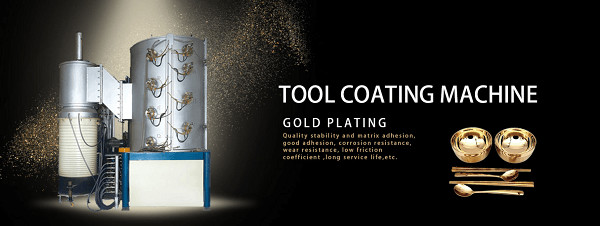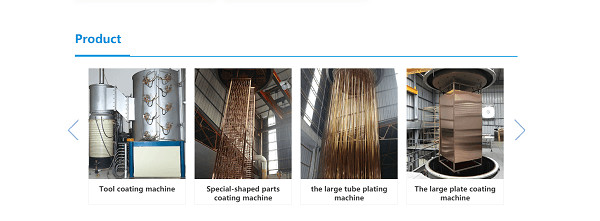Vacuum coating equipment and CIGS thin film solar cell coating machine supporting vacuum pump
Vacuum coating equipment and CIGS thin film solar cells, a-Si, CdTe and CIGS are the mainstream technologies of thin film solar cells, and most CIGS (copper indium gallium selenide) batteries are produced by vacuum evaporation method —— Co-evaporation, the main material copper indium gallium and selenium are heated in a vacuum deposited on the substrate, this process to achieve a large area and uniform copper indium gallium selenide film is quite challenging.
vacuum coating machine,pvd coating machine,pvd vacuum machine,vacuum ion coating machine,multi-arc ion coating machine
By using a PV series thermal evaporation source to achieve a rotating or planar magnetic field distribution in multiple deposition zones, the proper deposition system and optimized process conditions maximize material utilization and reduce coating thickness non-uniformity. The newly launched PV-Series SUMO, which is patented for R&D and high-volume CIGS solar cell production, uses the proven CIGS solar cell to manufacture thermal deposition source technology, providing the industry's only high-efficiency CIGS thermal deposition source that can be produced on a large scale. Its unique patented cylindrical container and small tapered bore design enable fast flow regulation and near-instant flow cut for excellent uniform coating.
vacuum coating machine,pvd coating machine,pvd vacuum machine,vacuum ion coating machine,multi-arc ion coating machine
In recent years, the coating system using the leading thermal evaporation technology of vacuum coating equipment has been actively cut into the field of CIGS thin film solar equipment, which is used for the solar cell process of glass and flexible substrates (mainly stainless steel plates). CIGS conversion efficiency has obvious advantages over other thin-film solar cells. It can achieve a conversion rate of 10% at the beginning, and there is still a large room for improvement. It is estimated that the conversion rate of 14% is expected to be 14 years, which should be at all PV. The most promising power generation technology is the first to achieve the 20% conversion rate required by the Internet equivalent. As far as the life of CIGS components is concerned, the structure of the material itself is not easy to change, which is enough to meet the 25-year life cycle commitment of photovoltaic products.



